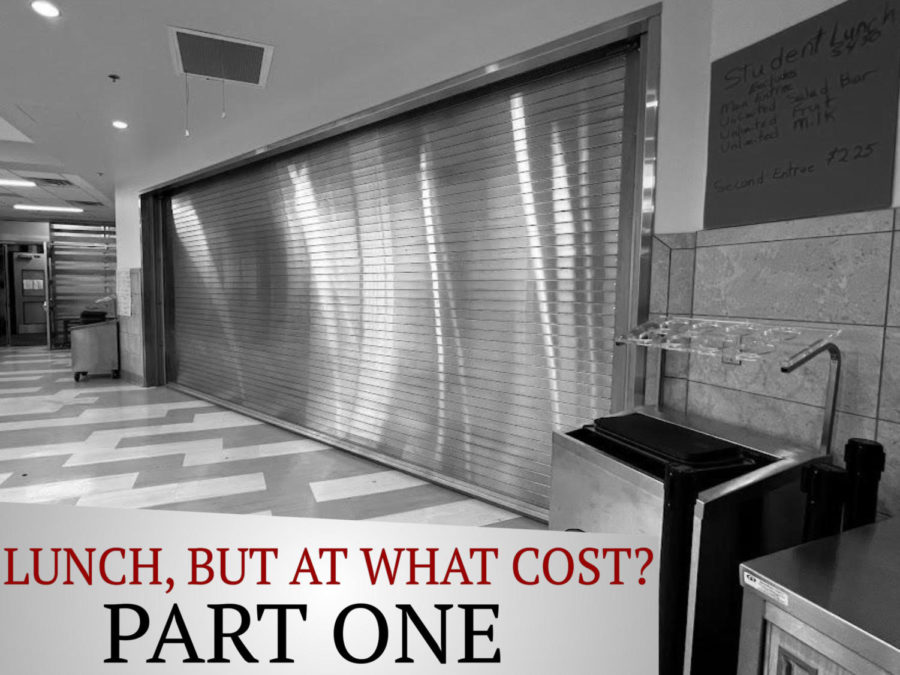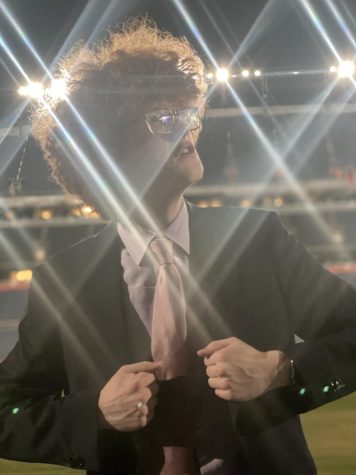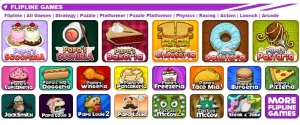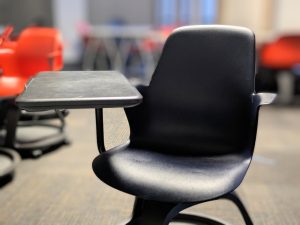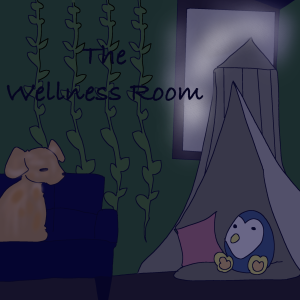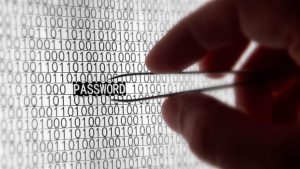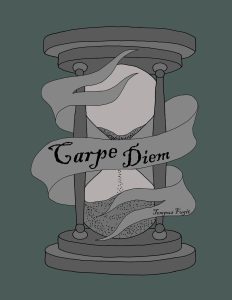Lunch, But at What Cost? (Part 1)
The school cafe, subject of an incredulous, indubitable amount of budget pricing contrasts.
September 21, 2022
After a post-COVID year of district-provided meals, BVSD has gone back to charging for school lunches. This upset some students, such as freshman Robin Luneburg.
“I think that these lunches should be free because the lunches here aren’t that good,” said Luneburg. “As the very nice high school that we are, I think we should put a little more care in the food that we feed our kids here. The fruit and the salad bar is fine, but the meals need to be bumped up.”
Of course, it isn’t free to produce and distribute such a large quantity of lunches. According to the BVSD proposed budget for this school year, the Food Services Program serves approximately 16,000 meals per day, and has an estimated total expenditures at $12,252,325 for the 2022-2023 school year.
That may sound unreasonably expensive, until you take into account the funding that the district receives via various taxes and amendments (Amendment 23 in particular). Schools are funded from three different sources: state funds, local property tax, and vehicle registration fees (called Specific Ownership Tax). After accounting for the Negative factor, the district is receiving roughly 273.04 million dollars in program funding, which is about $9,444 per student.
Twelve million dollars is undoubtedly nothing to bat an eye at, but it’s only 0.045% of the total funding that BVSD receives. Food service costs make up a miniscule portion of the budget. From an outsider’s perspective, the district could feasibly spend more on providing lunch if they saw fit.
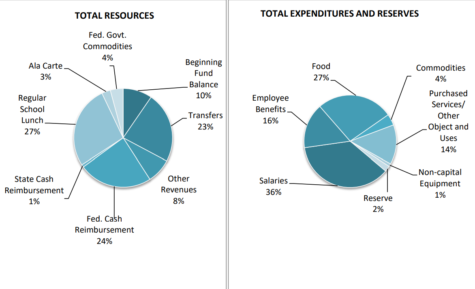
However, for the district, cost is a deciding factor. The district estimates that the revenue from students purchasing lunch during this school year will be roughly $11,078,693. BVSD makes most of their money back, and yet still only twelve and a quarter million goes into the service itself.
“There’s never been enough money to go around to provide high quality food, to provide high quality ingredients, and pay the people an adequate wage so that they can do the work, that’s just kind of been the case across the country,” said Stephen Menyhart, the Director of BVSD food services. “I’ve worked in a lot of public school districts, and it’s always been underfunded. And that’s probably because they don’t recognize the true costs of food, the true costs of labor, and, you know, how much work it does entail to produce and serve high quality meals from scratch, and so that’s been the case for a long time.”
This issue was temporarily resolved during the pandemic years of 2020-2021 and 2021-2022. The district received nearly $10,000,000 in federal cash reimbursements for the lack of revenue from students paying for lunch, as well as an increase in federal reimbursements per meal served per student.
“They [the state] jacked the reimbursement rate up high, so the reimbursement rate for a meal during the pandemic period was about $4.50 roughly from the federal government, for every meal served, and that was significantly increased from previous years, so you [the district] actually got more money per meal. We also experienced a huge bounce in numbers [students getting lunch], because of the free meals” said Menyhart.
However, the immediate issues that COVID created have been, in many aspects, resolved and both lunch prices and district funding returned to their prior state.
BVSD makes most of their money back, and that’s only from the students that actually get lunch from the school cafeterias. If every student bought lunch from the school, then the district would have a revenue of approximately $20,520,000 for the school year. Since they make eleven million, this would imply that roughly 54% of students get lunch from the school (in the case of Fairview, that’s 1,101 students).
To corroborate and confirm this data, and get as accurate of a number as we possibly could, we asked the Fairview populace about this via the Royal Banner Instagram, to these results. We asked if people got lunch at the cafeteria or if they brought their own, to which 29 people responded that they got lunch at the school and 156 people packed their own. For the second poll, we asked if students thought the pricing for school lunch was reasonable, to which 7 replied ‘yes’ and a massive 183 voted ‘no’.
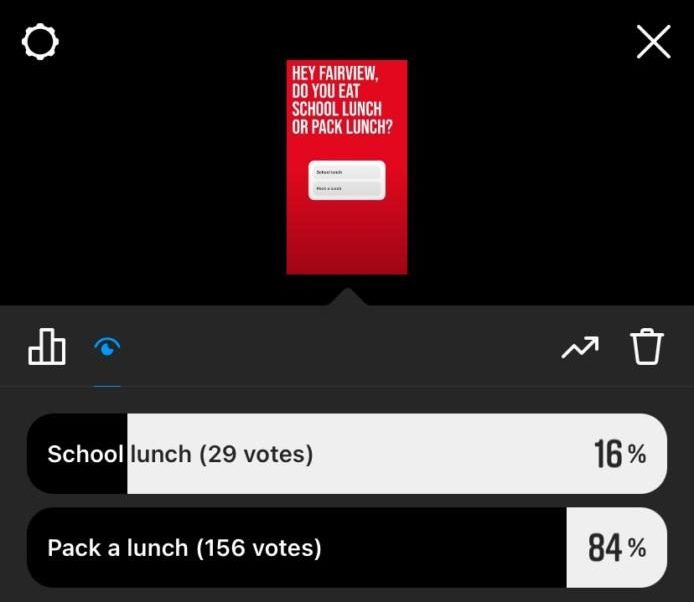
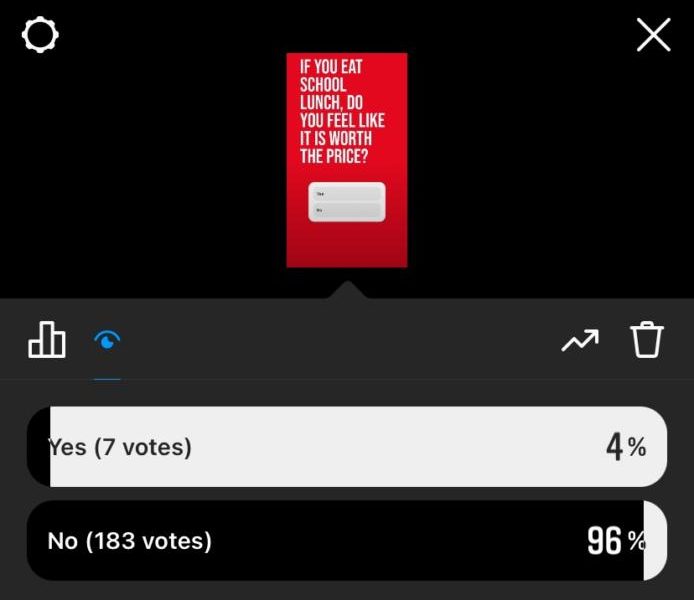
The results of the poll on the Royal Banner Instagram account. Photo Credit: @fhspublications on Instagram
Obviously, the pool of data here isn’t enough to make advanced calculations with, but if this poll proves anything, it’s that not every student at Fairview gets lunch in the cafeteria. A whopping 84% of the students that participated in the poll are bringing their own meals in various forms.
This disparity of students should have some sort of causation. The question is:
What’s causing this disparity?
*This article is part of a series discussing school lunches in BVSD and at Fairview. More articles will be released periodically.


